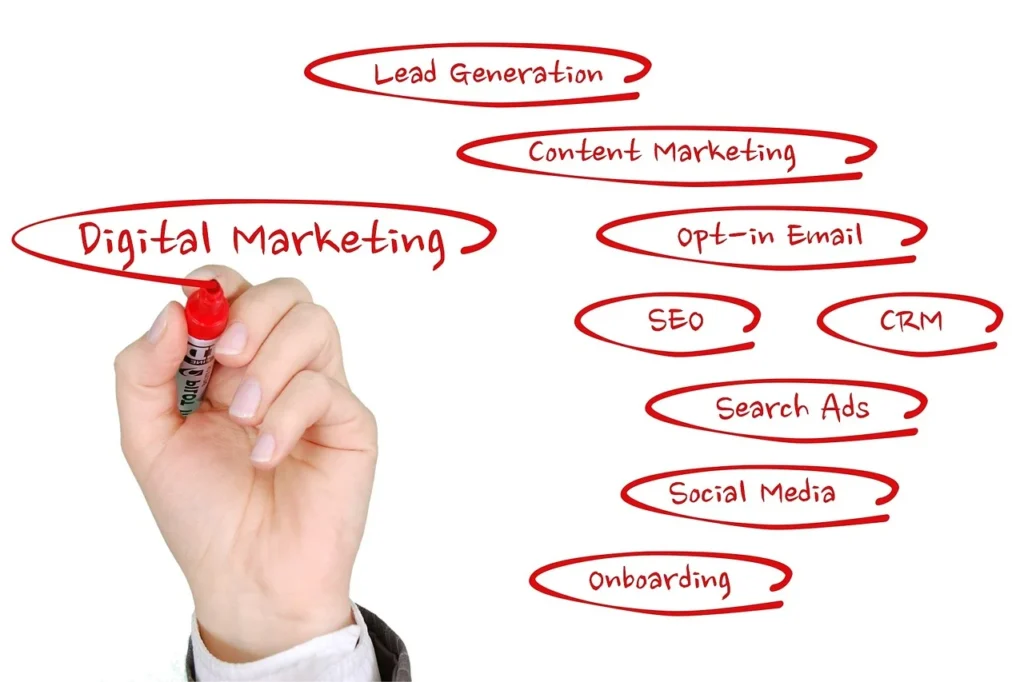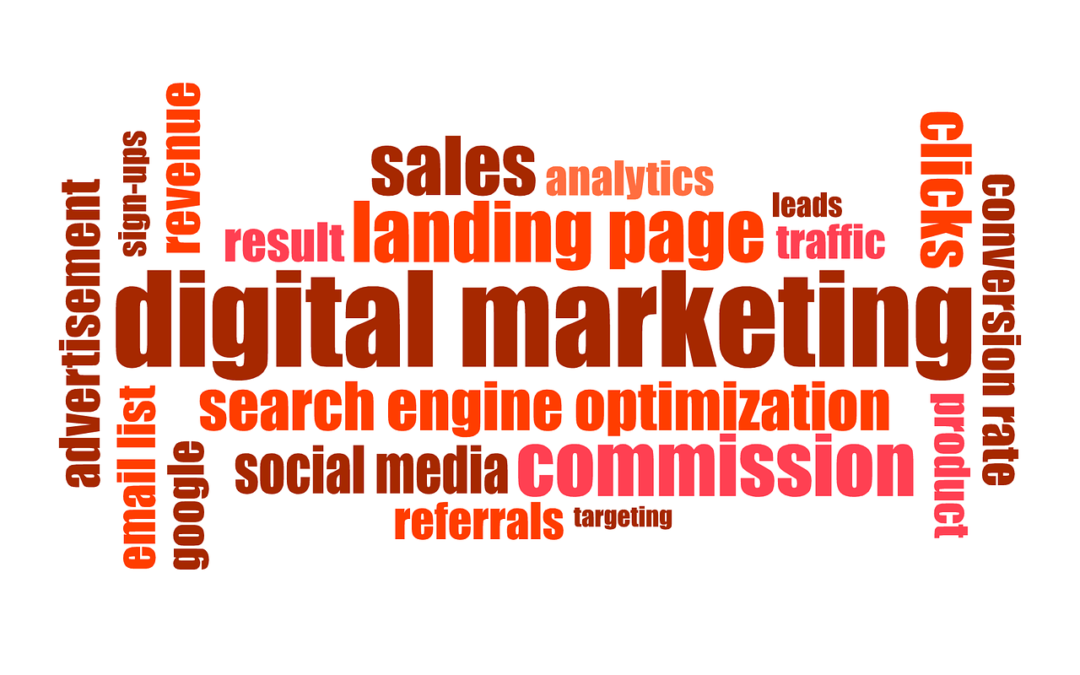
In today’s interconnected world, digital marketing has become an essential component of any successful business strategy. But what exactly is digital marketing, and why is it so crucial for modern businesses? Whether you’re a business owner, marketing professional, or just curious about the field, this guide will help you understand the fundamentals of digital marketing and how it can benefit your business.
Understanding Digital Marketing
Digital marketing refers to the use of online channels and platforms to promote products, services, and brands. Unlike traditional marketing methods, which rely on offline channels like print ads and television, digital marketing leverages the internet and digital technologies to reach and engage with consumers.
Core Components of Digital Marketing
Digital marketing encompasses a variety of strategies and techniques. Here are some of the most important components:
1. Search Engine Optimization (SEO)
SEO is the process of optimizing your website and content to improve its visibility on search engines like Google. By targeting relevant keywords, improving site structure, and creating high-quality content, SEO helps increase organic (non-paid) traffic to your website. Effective SEO ensures that your business ranks higher in search results, making it easier for potential customers to find you.
2. Content Marketing
Content marketing involves creating and sharing valuable content to attract and engage your target audience. This can include blog posts, articles, infographics, videos, and more. The goal is to provide information that is useful and relevant to your audience, establishing your brand as an authority in your industry and driving traffic to your site.
3. Social Media Marketing
Social media marketing uses platforms like Facebook, Instagram, Twitter, and LinkedIn to promote your brand and connect with your audience. It involves creating and sharing content, running paid ad campaigns, and engaging with followers to build brand awareness, foster relationships, and drive traffic.
4. Email Marketing
Email marketing is a direct way to communicate with your audience by sending targeted emails. This can include newsletters, promotional offers, and updates. By segmenting your email list and personalizing content, you can nurture leads, build customer loyalty, and drive conversions.
5. Pay-Per-Click (PPC) Advertising
PPC advertising involves paying for ads that appear on search engines and other platforms. With PPC, you only pay when someone clicks on your ad. Platforms like Google Ads and Facebook Ads allow you to target specific audiences and track the performance of your ads, providing measurable results and a high return on investment (ROI).
6. Affiliate Marketing
Affiliate marketing involves partnering with other businesses or individuals who promote your products or services in exchange for a commission on sales. This performance-based model helps expand your reach and drive sales through trusted partners.
7. Analytics and Data Analysis
Analytics and data analysis are crucial for measuring the effectiveness of your digital marketing efforts. Tools like Google Analytics provide insights into user behavior, campaign performance, and ROI. By analyzing data, you can make informed decisions, optimize your strategies, and achieve better results.

Benefits of Digital Marketing
Implementing a digital marketing strategy offers numerous advantages:
- Cost-Effective: Digital marketing often requires less investment than traditional methods and provides a higher ROI.
- Targeted Reach: Digital marketing allows you to target specific demographics, interests, and behaviors, ensuring your message reaches the right audience.
- Measurable Results: With digital marketing, you can track and measure the success of your campaigns in real-time, allowing for data-driven adjustments.
- Increased Engagement: Digital channels enable direct interaction with your audience, fostering engagement and building stronger relationships.
- Global Reach: Digital marketing breaks down geographical barriers, allowing you to reach a global audience and expand your market.
How to Get Started with Digital Marketing
- Define Your Goals: Identify what you want to achieve with digital marketing, such as increasing brand awareness, generating leads, or boosting sales.
- Know Your Audience: Research and understand your target audience’s needs, preferences, and behaviors to create relevant content and campaigns.
- Develop a Strategy: Create a comprehensive digital marketing plan that includes a mix of channels and tactics tailored to your goals and audience.
- Implement and Monitor: Execute your strategy, monitor performance, and make adjustments based on data and feedback.
- Stay Updated: Digital marketing is a rapidly evolving field. Stay informed about the latest trends, tools, and best practices to remain competitive.
Conclusion
Digital marketing is a powerful tool for businesses looking to thrive in the digital age. By understanding its core components and benefits, you can leverage digital marketing to reach and engage your audience effectively, drive growth, and achieve your business objectives. Whether you’re new to digital marketing or looking to refine your existing strategy, the opportunities are endless.
If you have any questions or need assistance with your digital marketing strategy, contact us at Aqua Eagle. We’re here to help you navigate the digital landscape and achieve your marketing goals.


Hi, this is a comment.
To get started with moderating, editing, and deleting comments, please visit the Comments screen in the dashboard.
Commenter avatars come from Gravatar.